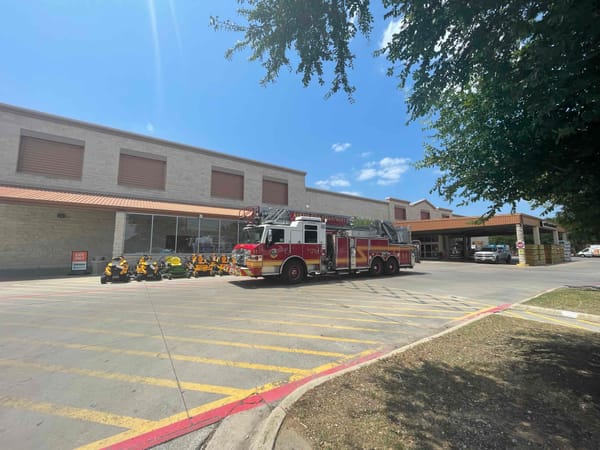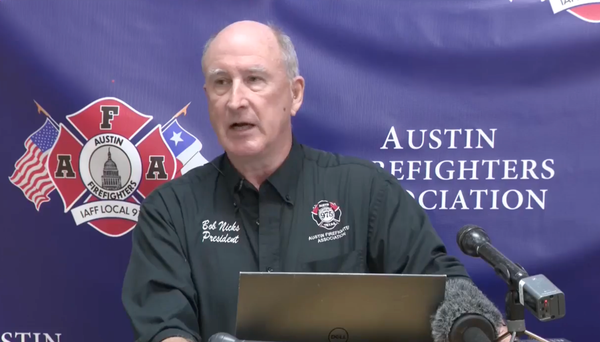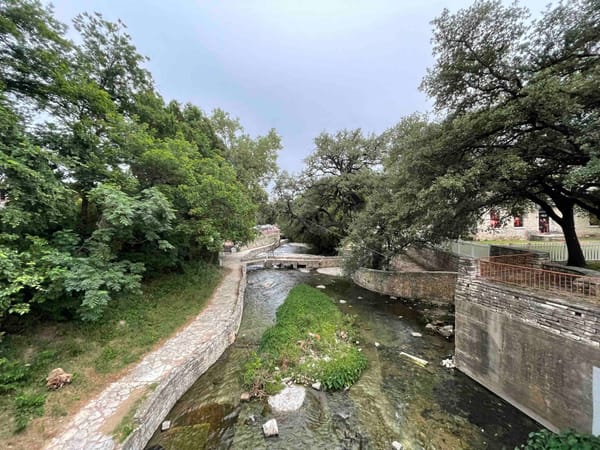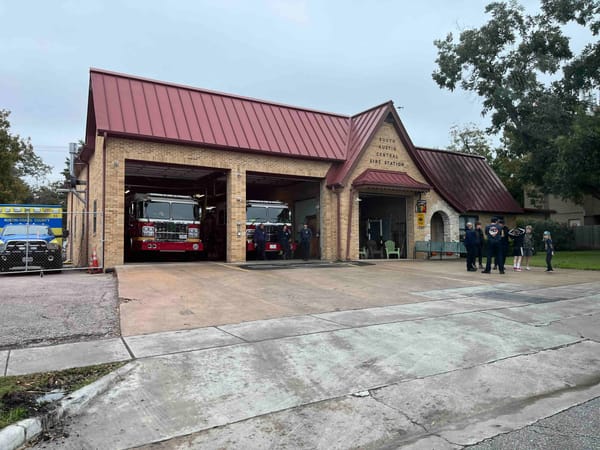The millennial middle class is here
NIMBYism hits a generational wall.

Yesterday City Council voted 9-2 for a resolution calling for dramatically reducing the minimum lot size and allowing three units on every lot.
The more than 100 people who turned out to speak on the item were divided nearly evenly between supporters and opponents. That's the most who have showed up to Council in a while, but it was relatively tame compared to past development battles.
Indeed, at least in this moment, the push for arguably the boldest land use reform in a generation hardly feels like a battle. Alison Alter delivered remarks opposing the resolution, and Mackenzie Kelly offered some vague reservations to justify her opposition, but passage of the resolution was a foregone conclusion. It was a stark contrast to the tedious, amendment-filled debates that preceded votes on land use reforms in past years.
Part of that change is probably due to dumb luck. Nobody would have predicted last year that Leslie Pool, once an ardent neighborhood preservationist, would transform into a YIMBY heroine.
Some of the credit is likely also due to improved organizing by local pro-housing forces, from activist outfits like AURA to interest groups like the Austin Infill Coalition. Opposition to NIMBYism among the national liberal intelligentsia, frequently expressed in publications like the New York Times and embraced by prominent national Democratic pols, has helped to legitimize the activism of local YIMBYs.
But the bigger, more enduring change is simple demographics. The obvious difference between those who came to Council in support of smaller lots and those in opposition was not race, ethnicity (both sides skewed heavily white) and probably not even income.
The difference is age. Supporters skewed much younger than opponents. And to be clear, the "younger" people I'm talking about are not college kids. They're people in their late 20's, 30's and 40's. Millennials.
There are certainly people in this age range buying single-family houses in Austin. Even in the super-pricey central and west neighborhoods, thirty-something doctors, lawyers and tech types are buying million dollar homes.
But there is still a mass of college-educated professionals who have been shut out of single-family homeownership. Most two-income white collar households can't buy a house in the urban core and many can't buy in the city at all.
As a result, the class of people who in a previous generation were the lifeblood of neighborhood associations now have no incentive to defend the "character" of neighborhoods they can't afford to live in. And many of them are predictably angry about a housing market shaped by rules designed to exclude them.
Neighborhood associations and their allies in elected office have been able for many years to maintain the illusion that they stand for the middle class because, frankly, most of their friends and supporters are older middle class people who bought houses when homeownership in Austin was much more attainable. But if any of them take a step outside of their generational bubble –– perhaps by talking to their adult kids –– they are confronted with the fact they were doing nothing for the middle class people who are starting families.
Leslie Pool embodies this dynamic. Before being elected in 2014, she was a longtime public employee and active in AFSCME. She has often referenced being "middle class," which in recent years has drawn ridicule from YIMBYs who point out that she owns two pricey houses, one in Allandale and one in Mueller. But on Thursday she seemed to acknowledge that contradiction in explaining her support for reform. The next generation of people who now work the jobs that she had would not be able to access the same housing opportunities.
Join the Gray-volution
That single-family homes have become extremely expensive still doesn't explain why neighborhood associations are now so dominated by older people. After all, there are millennials buying homes in Tarrytown and Hyde Park. And these homeowners are wealthier and more educated, on average, which in theory should make them more likely to be politically engaged. But for one reason or another, they haven't joined the established neighborhood associations.
Much like the once-formidable but now mostly politically powerless Save Our Springs, the neighborhood network has stagnated under weak, kooky leadership.
Another factor, which I've observed in my own neighborhood, is that many of the older homeowner activists resent the newcomers, especially if they live in big new houses that replaced modest bungalows. They are reluctant to treat the McMansion owners as allies, even though they would be a natural partner in the defense of single-family zoning.
It's just a resolution
This is the latest in a series of very bold resolutions Council has approved on land use. But a resolution is not law. They are simply direction to city staff to draft an ordinance. In this case, staff is directed to bring back an ordinance in December.
There is no assurance that a bold resolution will lead to a bold ordinance. It's important that staff designs it in a way that will actually lead to the intended outcome. Hopefully staff doesn't screw this up and it's up to Council to make sure it that doesn't happen.
Council warily approves big new homeless shelter
The other big housing debate yesterday was over approving plans to turn a city-owned warehouse in Southeast Austin into a 300-bed shelter.
The measure, first championed by Interim City Manager Jesus Garza, has drawn a wide spectrum of responses from advocates for the homeless. Some are furious with what they view as a hasty, poorly-reasoned plan aimed mostly at getting the homeless out of sight but not on a path to stable housing. Others are not necessarily opposed but worry that it's not the best use of resources. Finally, others are supportive, saying that while short-term shelter is hardly the only thing the city should be focusing on, Austin desperately needs more of it and Garza is right to act quickly on it.
As Garza himself concedes, the $9.14 million allocated for the shelter is only intended to cover one year of operations and is drawn from one-time federal funds that were previously assigned to other homelessness initiatives, including permanent supportive housing. There is not yet a plan for how to fund the shelter beyond the first year.
Activists with the Texas Harm Reduction Alliance, including many people who are currently homeless, accused the city of setting up what will be an overcrowded, dangerous facility without concrete plans to provide services that will help people become permanently housed. I talked to one man, Barry Jones, who for years has been living in a tent. He told me he feels much more comfortable and safe there than at the ARCH shelter downtown. He's been on numerous waiting lists for organizations that provide permanent supportive housing, such as the Housing Authority of the City of Austin and Foundation Communities.
In contrast, Andi Brauer, who oversees homelessness services for Central Presbyterian Church, pleaded with Council not to let the perfect be the enemy of the good.
"We have been waiting years for more shelter in this city," she said. "We have hundreds of people on wait lists. Now, it is ideal? No, it's not. Is it an ideal location? No. Would people prefer an apartment? Yes, they would. Do we have enough money to house 5,000 people? No, we don't."
In the end, Council approved the plan, with only Zo Qadri in dissent. The final measure included an amendment from Ryan Alter that requires Family Endeavors, the contractor that will manage the facility, to get approval from the city to increase capacity above 200 beds. A likely future conflict I foresee is Garza, as the "city," authorizing the increased capacity without consulting Council. We'll see.





